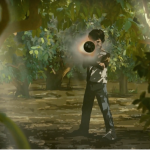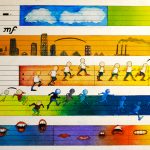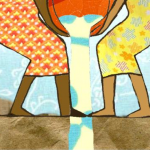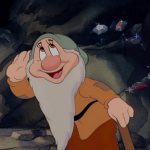
Violence and animation have a long-established bond. Through Tom and Jerry (1940-1958) and Looney Tunes (1930-1969), animated violence has developed a reputation as a comedic tool, but is also a common subject for animated documentaries with a serious ‘truth-telling’ agenda.…



